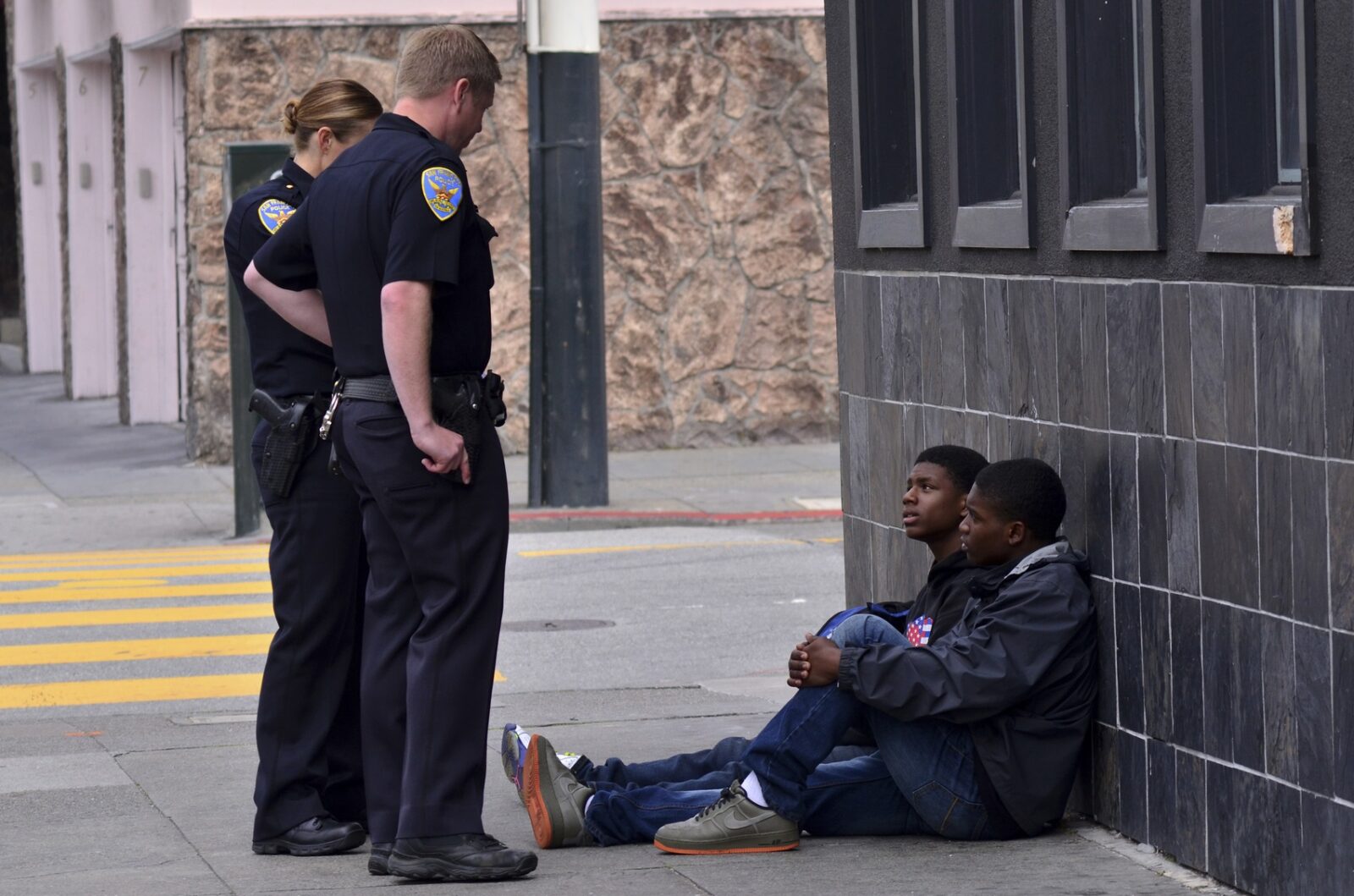October 12, 2016
Private: Stop-and-Frisk Is Constitutional…But Should It Be?
Matthew Stanford

by Matthew Stanford, Senior Law Student at the University of California, Berkeley School of Law; Articles & Essays Editor of the California Law Review and President of the ACS Student Chapter at the University of California, Berkeley School of Law
To the surprise of no one, the first presidential debate was short on substance, long on bluster. But one real issue that emerged from the spin-induced haze was the constitutionality of “stop-and-frisk.”
During the debate, moderator Lester Holt suggested that the controversial and long used police practice of stopping people on the street and patting them down for weapons had been deemed “unconstitutional in New York, because it largely singled out black and Hispanic young men.”
An onslaught of Trump and Clinton surrogates followed with their respective positions on the constitutional upshot of U.S. District Court Judge Shira A. Scheindlin’s 2013 decision.
Prognostications about the narrow ruling’s certain demise on appeal––that is, if the appeal had continued to fruition––inevitably led to accusations of moderator bias. Most notably, former New York Mayor Rudy Giuliani penned an op-ed suggesting that the Second Circuit’s removal of Judge Scheindlin from the case amounted to a reversal of her underlying ruling. To be sure, that logic is flawed: removing a judge is an administrative decision, not a ruling on the merits.
But a more disturbing trend has emerged from the week’s stop-and-frisk chatter. Far from discussing the merits of the decades-old doctrine that allows police discretion to stop people on the street, the campaigns prefer instead to carry on with the punch and parry about moderator bias and candidate performance––sacrificing yet another critical discussion on the altar of media ratings that has come to define contemporary electoral culture.
As police shootings of unarmed Black men continue, the candidates (and the media) owe it to the public to take a closer look at the issue of stop-and-frisk. That is, stop-and-frisk as a general practice was not ruled unconstitutional: only the racially discriminatory and largely unsuccessful manner in which the NYPD had been applying it was. Yet this distinction and Judge Scheindlin’s later removal from the case, says little about the continued legitimacy of stopping people with minimal cause nearly half a century after the Supreme Court ratified that practice in Terry v. Ohio.
Were we to take a step back from the media-fueled frenzy of spin and finger-pointing, we would be forced to confront the Supreme Court’s own prescience in the Terry decision. Even as eight justices handed stop-and-frisk its constitutional credentials, the Court understood the practice to be “a serious intrusion upon the sanctity of the person, which may inflict great indignity and arouse strong resentment and it is not to be undertaken lightly.” The Court likewise noted the “wholesale harassment [of African Americans] by certain elements of the police community” that stop-and-frisk was already facilitating.
But that, as we have seen, was just the beginning. Even accepting as true the long debunked claims of stop-and-frisk’s efficacy, the immense latitude Terry has accorded police over the past half-century has wreaked deadly havoc on police-community relations, especially in minority neighborhoods. The indignity and harassment that the Terry Court observed has since cultivated palpable distrust of police among racial and ethnic minorities. This tension has placed poorly trained police on hair-trigger alert. It is a perfect storm that would make the almost weekly release of videos mind-numbingly predictable were it not so devastating. And so long as we ignore this causal relationship, we are foolish to expect its swift rectification.
Of course, with the exception of the single permutation invalidated in New York City, stop-and-frisk remains constitutional. But the powder keg the practice has slowly constructed over the past five decades should give us pause. The Supreme Court is unlikely to revisit Terry anytime soon, to be sure. Nevertheless, Article V of the Constitution reminds us that what is constitutional today need not be so tomorrow. Surely the public deserves an equally rigorous constitutional assessment of stop-and-frisk given its impact on police-community relations.




